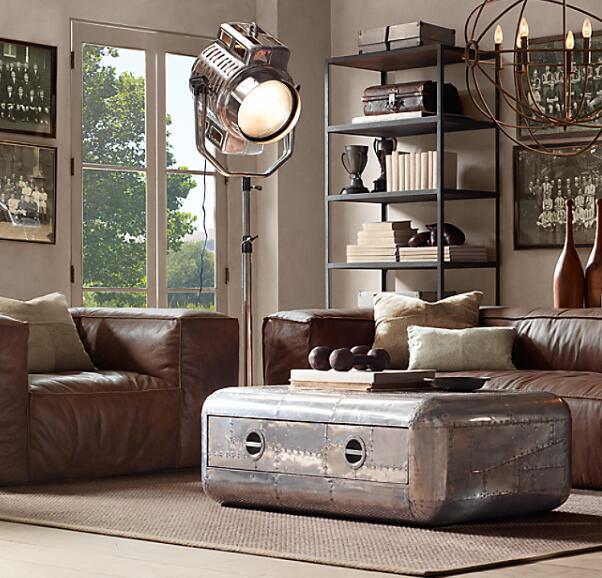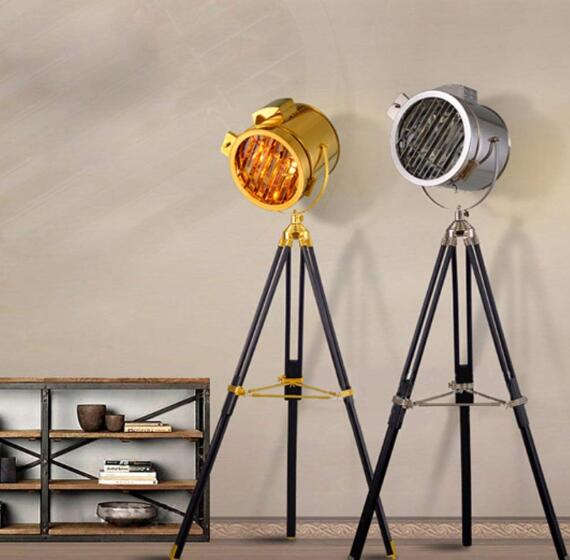Movie lamps, also known as studio lamps or Hollywood lamps, are a type of lighting fixture typically used in film and television production to create a dramatic atmosphere.
To truly create a cinematic atmosphere, one must also employ proper lighting techniques. From cross lighting and back lighting to using colored gels, there are numerous techniques that can be used to enhance the dramatic effect of movie lamps.
In this article, we will explore some of these techniques and provide practical tips for using movie lamps to create a cinematic atmosphere in your own home.
Lighting Techniques for using movie lamps
Lighting plays a critical role in creating an immersive cinematic experience. Whether you’re watching the latest blockbuster in a theater or streaming a movie at home, the right lighting can enhance the mood, tone, and atmosphere of the film. But how can you recreate that same cinematic effect in your own home?
1. Three-point lighting
One of the most effective techniques for creating a cinematic effect with movie lamps is known as three-point lighting. This technique involves using three separate lighting sources, each positioned in a specific way to create a balanced, dynamic effect on your subject.
The three lights used in three-point lighting are often referred to as the key light, the fill light, and the backlight. The key light is the main source of illumination and is typically positioned to the side of the subject to create a sense of depth and shadow. The fill light is used to soften the shadows created by the key light, and is positioned on the opposite side of the subject. Finally, the backlight is positioned behind the subject to highlight their contours and create separation from the background.
When using movie lamps for three-point lighting, it is important to consider the intensity, direction, and color of each light source. For example, the key light is often the brightest light in the setup, providing ample illumination for the subject. The fill light, on the other hand, should be softer and less intense, providing just enough light to create a pleasing balance of light and shadow.
High-key and low-key lighting
Another effective lighting technique to consider when using movie lamps is high-key and low-key lighting. High-key lighting involves using bright, uniform lighting to create a sense of optimism and lightness, while low-key lighting involves using dark, shadowy lighting to create a sense of tension and suspense. Both techniques can be achieved using movie lamps, depending on the desired effect.
For high-key lighting, one can use a soft diffused light, such as a large lampshade or a light with a diffuser to create uniform, even lighting. For low-key lighting, one can use carefully positioned lighting to create dramatic shadows and chiaroscuro effects.
Practical lighting
practical lighting can also be used to create a cinematic effect when using movie lamps. Practical lighting refers to using real-world objects, such as lamps or candles, to light a scene. This technique can create a sense of intimacy and realism and is often used in close-up shots or scenes with a limited physical space.
When using practical lighting with movie lamps, it is important to consider the color temperature and direction of the light. Warm, yellow-toned lighting can create a sense of intimacy and comfort, while cooler-toned lighting can create a sense of distance and formality. The direction of the light can also be used to create texture and depth, such as by simulating the flickering shadows of a fire through the use of creatively positioned movie lamps.
Different Lighting Techniques to Enhance the Cinematic Effect
Here are some lighting techniques that can be used when using movie lamps to enhance the cinematic effect:
1. Soft lighting
Soft lighting refers to diffused, indirect light that creates a bright, even light that minimizes shadows. It’s a popular lighting technique for portrait photography, as it helps make the subject look smooth, flawless, and youthful. Soft light is flattering for all skin types, and it’s easy to achieve by using a softbox or a diffuser. You can place the light source at a 45-degree angle to the subject, facing them directly, or use a back-lighting technique for a more dramatic effect.
2. Harsh lighting
Harsh lighting, also known as hard lighting, refers to direct, bright light that creates deep shadows. It’s a popular technique for creating suspense, tension, and drama in photography and videography. You can achieve harsh lighting by using a single light source, such as a spotlight or a strobe light, and by placing it at a 90-degree angle to the subject. Harsh lighting is particularly effective in music videos, horror movies, and action scenes.
3. Silhouetting
Silhouetting is an artistic lighting technique that creates a back-lit shadow of the subject against a bright background. It’s a popular technique in fashion photography, music videos, and dramatic scenes. To create a silhouette, place the light source behind the subject and expose for the brightest part of the image. This technique creates a striking contrast between the subject and the background and adds depth and drama to the scene.
4. Contouring
Contouring is a lighting technique that emphasizes the subject’s facial features by creating shadows under the cheekbones, jawline, and nose. It’s a popular technique in beauty photography and videography, as it helps create a sculpted, chiseled look. To achieve contouring, you can use a single light source at a 45-degree angle to the subject or a three-point lighting setup with a fill light, a key light, and a back light. This technique requires some practice and skill, but the results can be impressive.
5. Chiaroscuro
Chiaroscuro is a dramatic lighting technique that creates high contrast between light and shadow. It’s a popular technique in film noir, portraits, and still life photography. To achieve chiaroscuro, use a single light source and place it close to the subject, creating deep shadows on one side and bright highlights on the other. This technique creates a dramatic, moody effect and adds depth and dimension to the scene.
Case Studies in Practical Lighting Using Movie Lamps
Here are a few case studies that show how movie lamps can be used to create different lighting effects:
1. Analysis of lighting techniques in specific movies
One way to gain a deeper understanding of lighting techniques for creating a cinematic effect with movie lamps is to analyze specific movies and the lighting choices made in each scene. For example, in the film noir classic “Double Indemnity”, director Billy Wilder made strategic use of movie lamps to create a moody, shadowy atmosphere.
One standout scene features protagonist Walter Neff (played by Fred MacMurray) lurking in a darkly lit bedroom, waiting to confront the sinister Phyllis Dietrichson (played by Barbara Stanwyck). The scene is shot almost entirely using practical lighting, with the only light sources coming from a smoking lamp and a nearby streetlamp outside the window.
This use of practical lighting creates a sense of intimacy and realism, drawing the viewer into the tense, dangerous situation. The low-key lighting also serves to heighten the sense of menace, emphasizing the shadows and creating a high contrast between light and dark.
Another example of effective lighting choices can be found in the film “Vertigo,” directed by Alfred Hitchcock. In the iconic San Francisco restaurant scene, Hitchcock uses a combination of low-key lighting and colored gels to create a dreamlike effect. He employs a blue gel to light the main character, Scottie (played by James Stewart), while a warmer, amber-colored gel is used to light the background and the other characters in the scene. This use of colored lighting creates a sense of disorientation and otherworldliness, emphasizing the psychological drama of the scene.
2. Comparison of different lighting choices in the same scene
Another way to gain insight into effective lighting techniques for creating a cinematic effect with movie lamps is to compare different lighting choices in the same scene.
For example, the classic horror film “Psycho” directed by Alfred Hitchcock, features a famous shower scene that is infamous for its use of slashing light and shadow.
Hitchcock reportedly experimented with several different lighting setups when filming the scene, finally settling on a combination of high-contrast lighting and a fast-cut editing style that effectively conveyed the sense of violence and terror. In one version of the scene, Hitchcock used bright, even lighting, resulting in a less dramatic and impactful effect.
By comparing the different lighting choices made in the shower scene, one can gain a greater appreciation for the power of lighting to convey a specific mood and atmosphere.
The use of high-contrast lighting and fast editing in this scene serves to create a sense of chaos and fear, emphasizing the visceral horror of the moment. This demonstrates the importance of experimenting with different lighting techniques and choices to achieve the desired effect in a scene.
Conclusion
Movie lamps are essential tools for creating a cinematic effect in films. They can be used in various ways to create different lighting effects, from intimate low-key lighting to dramatic high-contrast setups.
By studying specific case studies and experimenting with different lighting choices, filmmakers can gain insight into effective lighting techniques for creating their own cinematic vision. With careful consideration of lighting choices, movie makers can create powerful, emotionally charged scenes that speak to the audience in a meaningful way. So go forth and light your own scene!


